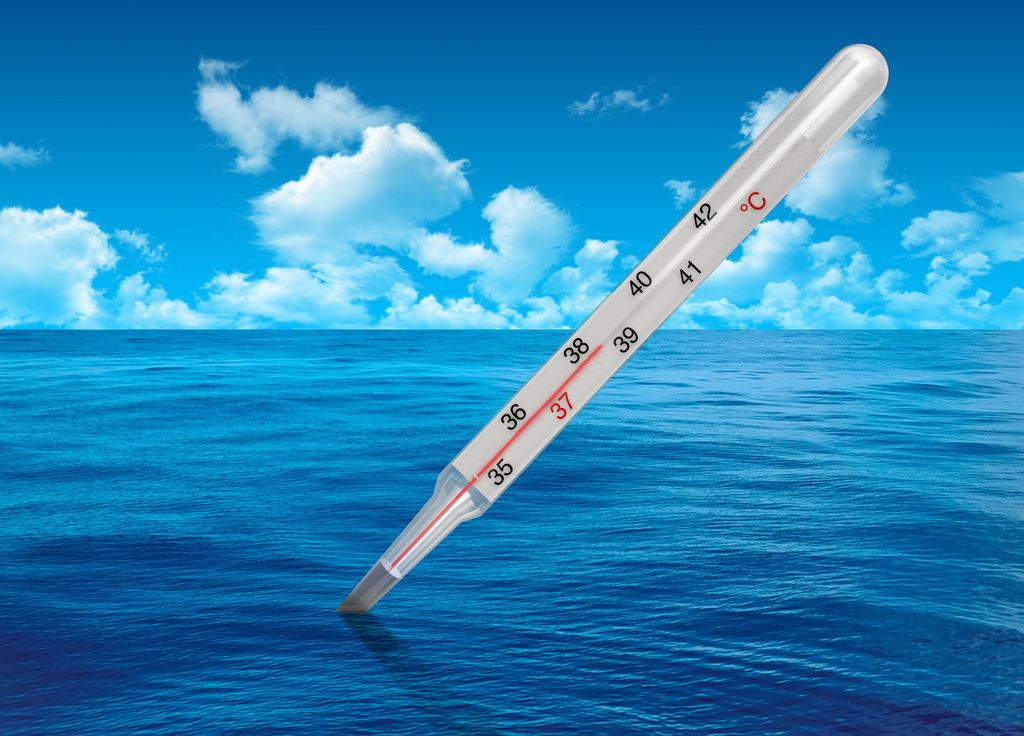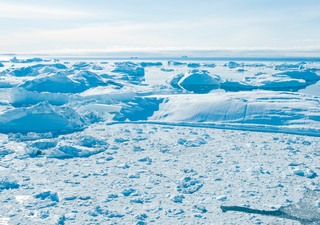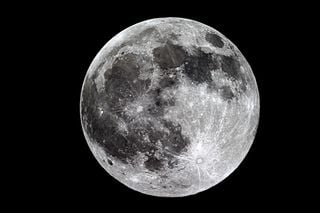A small part of the Atlantic is cooling: how can we explain this phenomenon that excites climate skeptics?
This is information that has made climate skeptics of all kinds jump: part of the Atlantic Ocean has been cooling rapidly since June. What is this phenomenon? Does it really call into question global warming?

A "worrying and rapid cooling" of the Atlantic Ocean since June: this information has made headlines in some media in recent days, while awakening climate skeptics of all kinds. A very real but limited phenomenon, which concerns only a small part of the ocean, and revealed by the American agency NOAA. Explanation sequence.
A negative anomaly of 0.5 to 1°C
On August 14, oceanographer Franz Philip Tuchen, a researcher at the University of Miami, in the United States, published an article on the website of the American Oceanic and Atmospheric Observation Agency (NOAA). He first recalls that for two years, the surface temperature of the Atlantic Ocean has continuously broken heat records.
L'océan Atlantique se refroidit à une vitesse record, ce qui remet en cause l'existence du réchauffement climatique ?
— AFP Factuel (@AfpFactuel) August 23, 2024
️ Attention : c'est seulement sa zone équatoriale qui connaît des températures plus froides que la normale, selon une étude américaine #AFP 1/2 pic.twitter.com/LjBs6atH6q
However, he adds that since June, a very small part of the Atlantic, in the center of the equatorial Atlantic (off the coast of Central Africa), has experienced a negative anomaly of its surface temperature, of the order of 0.5 to 1°C of cooling compared to the average for this time of the year.
It didn't take more to raise the entire army of climate skeptics on social networks: "a new bug in the narrative of warming" for former presidential candidate François Asselineau, or a "false" IPCC climate model for Florian Philippot. Positions favored by certain press titles, generalizing this information to the entire Atlantic Ocean...
However, the "cooling" mentioned by Franz Philip Tuchen concerns only a tiny part of the Atlantic, the "equatorial" zone, which does not at all call into question the record global warming that the planet's waters have experienced for 2 years, which is confirmed by NOAA maps, where red, synonymous with sea heat, dominates.
Towards an Atlantic Niña?
This phenomenon is not necessarily abnormal at this time of year: depending on the seasonal cycle of the ocean, the waters are warmer in spring in this area, and cooler in July-August, due to the winds, which drive away hot waters on the surface and raise the colder waters from the ocean floor.
Scientists have been carefully observing how the Pacific is changing from #ElNiño to #LaNiña conditions by late summer.
— NOAA Research (@NOAAResearch) August 19, 2024
But as it happens, something similar might be cooking in the Atlantic!
Learn all about Atlantic Niña & why it matters: https://t.co/aFv56RmLgA pic.twitter.com/5SG2ammGgg
However, on the model of the El Niño and La Niña phenomena on a global scale, this tongue of cold water in the equatorial Atlantic becomes every 3 to 7 years or so, either much colder or much warmer: we then speak of "Atlantic Niña" or "Atlantic Niño". If these colder conditions continue until the start of the school year, an Atlantic Niña could declare itself.
So why worry? First because the transition between hot and cold anomaly was faster than ever this year in the equatorial Atlantic (after heat records in February and March), but also because the trade winds weakened: this should have increased the water temperature, and not the other way around!
Further investigations are therefore necessary to understand what is happening. What is certain, however, is that this does not call into question the unprecedented warming of the world's seas and oceans. This case of the Equatorial Atlantic is indeed a drop of fresh water in an ocean that remains overheating.
Article references:
Equatorial cooling of the Atlantic: what this American study taken up by climate skeptics really means - HuffPost
Atlantic Niña on the verge of developing. Here's why we should pay attention -NOAA








